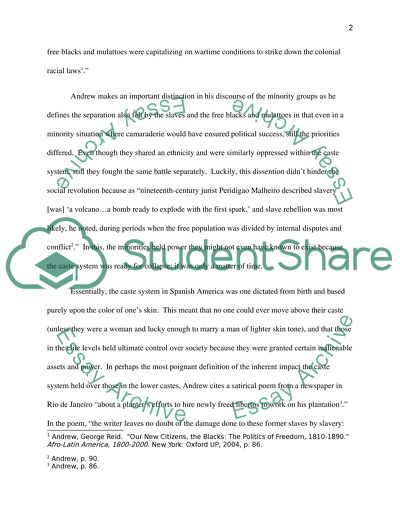Cite this document
(“Shaping the foundation of racial independence through social Assignment”, n.d.)
Retrieved from https://studentshare.org/history/1396217-history
Retrieved from https://studentshare.org/history/1396217-history
(Shaping the Foundation of Racial Independence through Social Assignment)
https://studentshare.org/history/1396217-history.
https://studentshare.org/history/1396217-history.
“Shaping the Foundation of Racial Independence through Social Assignment”, n.d. https://studentshare.org/history/1396217-history.


